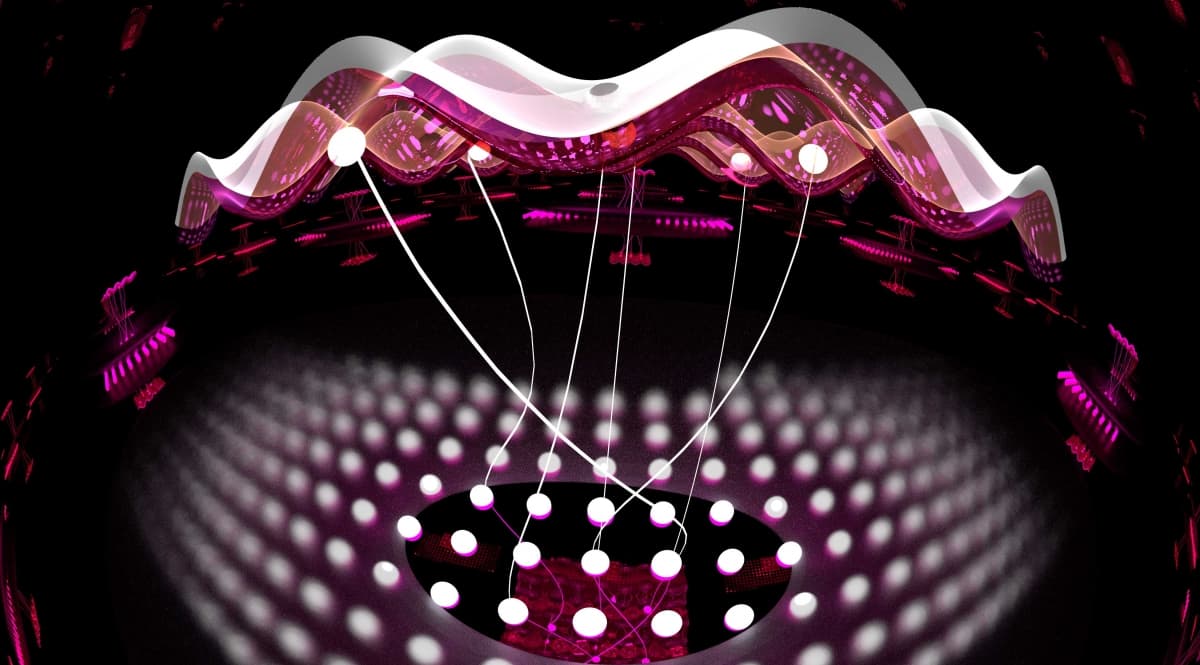Modeling a Complex System
Quantum entanglement, which Einstein referred to as "a spooky action at a distance," is one of the many possible quantum systems that physicists have been exploring for potential applications in a wide range of fields. These are at the heart of quantum computing technologies, for example, and the underlying principle behind quantum teleportation and quantum cryptography.
Researchers have yet to explore these quantum systems fully. Realizing the need for better tools to do so, physicists from the Joint Quantum Institute (JQI) and the University of Maryland's Condensed Matter Theory Center (CMTC) have turned to artificial neural networks, which are constructed to function and pass information like neurons in the brain.
“If we want to numerically tackle some quantum problem, we first need to find an efficient representation," JQI researcher Dongling Deng said in a press release. He got the idea after hearing about DeepMind's Go-playing artificial intelligence (AI) AlphaGo famously defeated human professional players in 2016. Machine learning, which is behind the achievements of current AI systems, seemed like a plausible tool.
At the same time, a paper proposed the idea of using neural networks to represent quantum states. “We immediately recognized that this should be a very important paper,” Deng said, “so we put all our energy and time into studying the problem more.” They published their study in the journal Physical Review X.
Understanding Quantum States
In order to use neural networks to represent quantum systems, Deng and his colleagues studied those that rely on two distinct groups of neurons. One group, called "visible neurons," was used to represent real quantum particles similar to atoms in an optical lattice or ions in a chain. The second group of neurons was used to account for the interactions between particles. These so-called "hidden neurons" linked up with the visible neurons. As long as the number of connections were kept relatively small, the description of the neural network stayed simple.
“This research is unique in that it does not just provide an efficient representation of highly entangled quantum states,” JQI fellow Sankar Das Sarma said in the press release. The models were able to produce compact representations of a number of interesting quantum states, including those with surprising amounts of entanglement. “It is a new way of solving intractable, interacting quantum many-body problems that uses machine learning tools to find exact solutions," Das Sarma added.
Of course, the neural networks had their limits, and they weren't able to do an efficient universal representation, Deng said. Still, the research could significantly improve how we understand quantum entanglement. As the team wrote in their paper: "Our results uncover the unparalleled power of artificial neural networks in representing quantum many-body states regardless of how much entanglement they possess, which paves a novel way to bridge computer-science-based machine-learning techniques to outstanding quantum condensed-matter physics problems."
Share This Article
